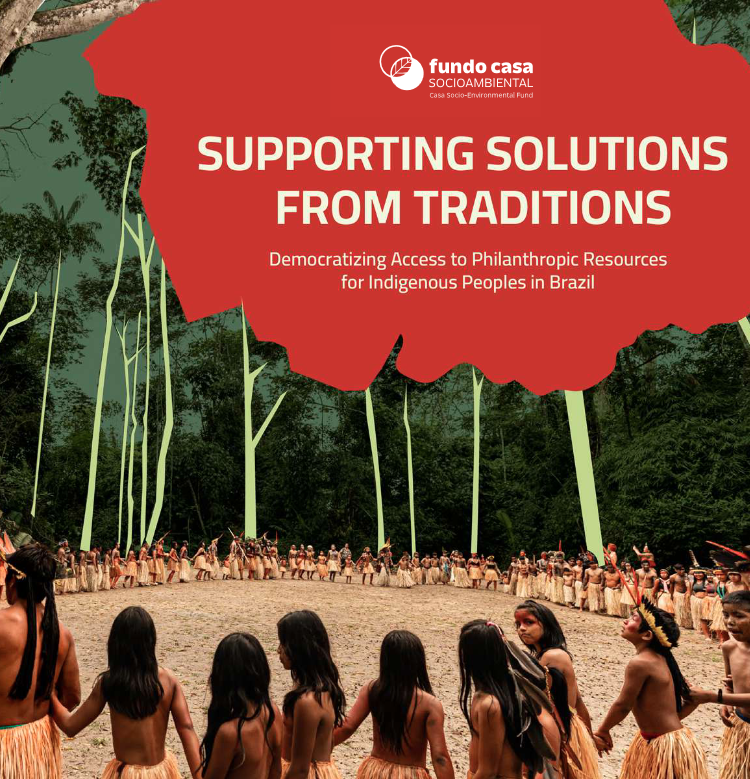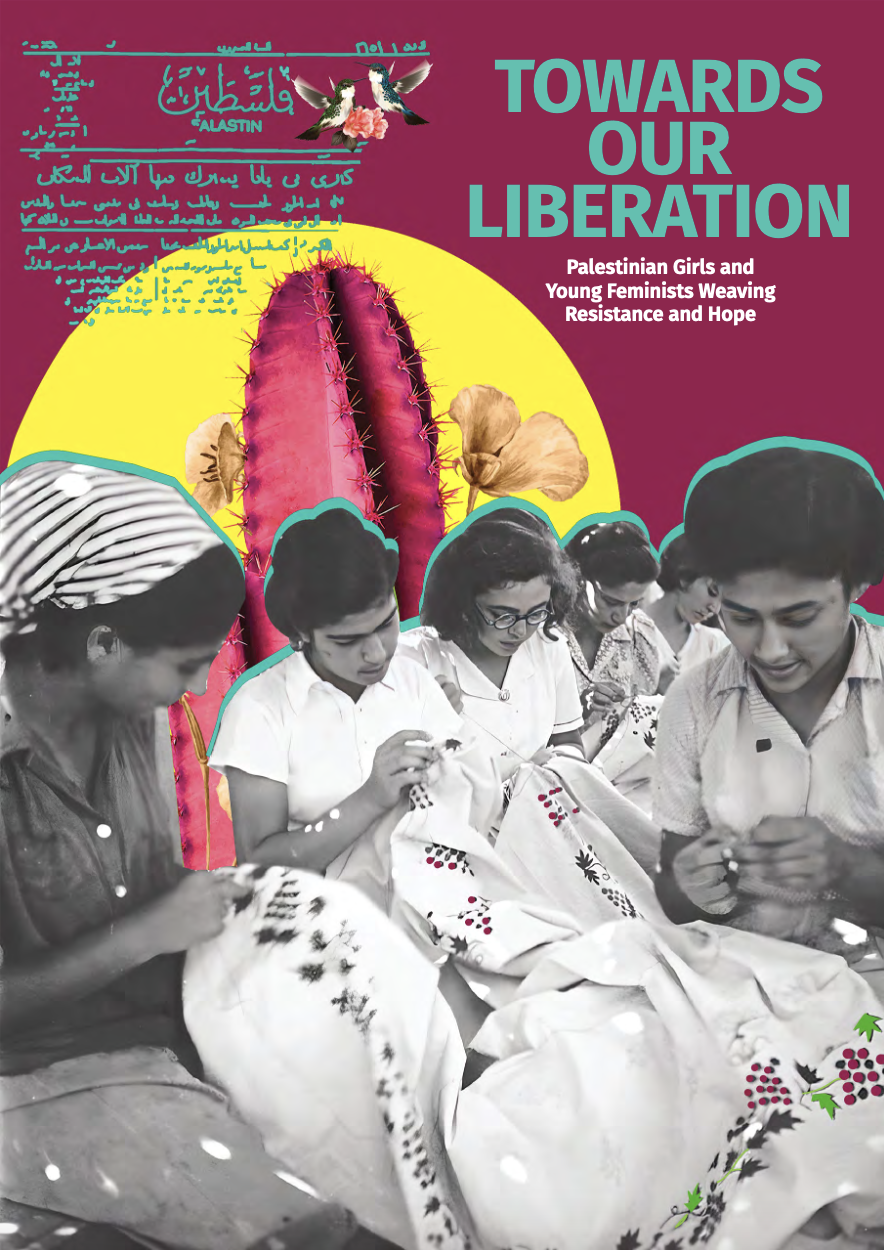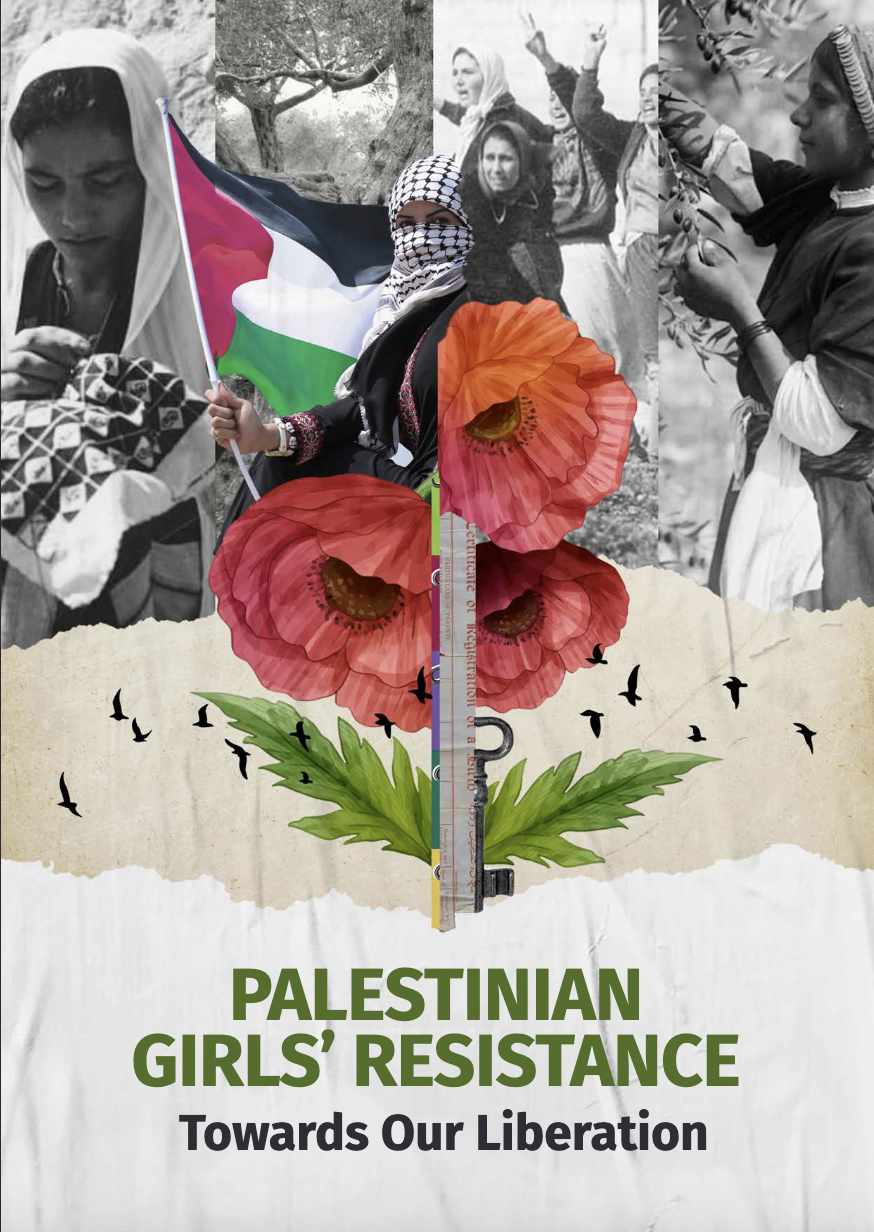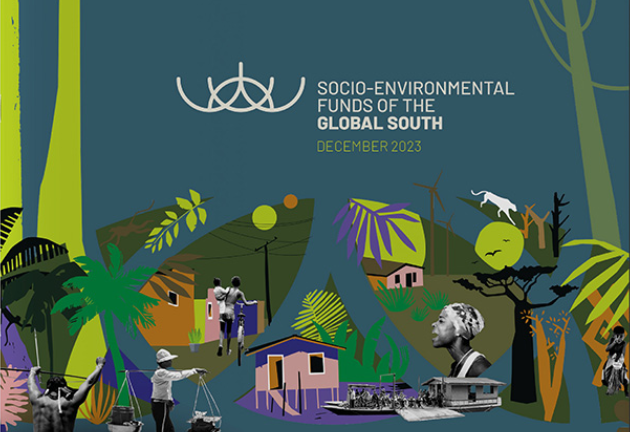By Anna Lappé (Author and advisor to funders supporting food system transformation) with Daniel Moss (Executive Director of the Agroecology Fund)
This blog was originally featured in Heated, Food from every angle: A publication from Medium x Mark Bittman

As COVID-19 spreads worldwide, we’ve become attuned to those on the front lines: Doctors and healthcare workers, yes, but also those who feed us. If we didn’t get it already, this global crisis is a wake-up call for how our collective fate is tied to the way we relate to nature, use the land, and treat farmers and workers who grow, process, and distribute our food.
Unfortunately, in the last half-century, both public and private investments in industrial food systems that exploit people and undermine the natural systems on which food security depends have ramped up.

Worldwide, industrial agriculture drives 80 percent of deforestation. On nearly every continent, land grabs by agribusiness have pushed small farmers onto increasingly marginal land and indigenous communities off ecosystems they’ve long stewarded. These dynamics have brought wild animal populations, natural hosts for pathogens, into closer contact with humans.
Scientists have long warned it would only be a matter of time before those pathogens found new hosts — us. Indeed, damning evidence from evolutionary biologists and epidemiologists suggests that the industrial food system has helped create the structural conditions for this outbreak, and for others to follow in its wake. This crisis is a powerful reminder that our industrial food system puts us all at risk.
But there is another way. As funders investing in food systems that promote biodiversity, farmer well-being, and health, we’ve witnessed incredible innovations in the past few decades that give us hope amid the crisis. Earlier this year, we helped convene innovators — scientists, farmers, policymakers, funders, and advocates from five continents — sharing strategies for food system resilience and the policies needed to defend it.
We heard from indigenous Peruvian potato farmers, West African women rice farmers, and indigenous livestock breeders from Kyrgyzstan whose work is all rooted in what is known as “agroecology” — the science, on-farm practices, and social movements that support food systems working with nature instead of fighting against it with synthetic, external inputs. Guided by principles of diversity, regeneration, and localization, agroecology combines indigenous and traditional agriculture with modern science, boosting animal and crop health for maximum nutritional benefit and ecosystem restoration.
At that gathering in southern India, we heard firsthand accounts of the impact of our industrial food system even before this current pandemic: Reliance on chemical inputs and fossil fuels — for pesticides, fertilizer, packaging, and transportation — destroys biodiversity, plunges farmers into debt, and contributes to the climate crisis.
We heard about how a myopic focus on commodity crops has resulted in unhealthy diets responsible for the surge in diet-related illnesses worldwide and how industrial animal agriculture operations breed disease and drive massive water and air pollution. We also heard how such a dependence on commodities, bought and sold on a volatile global market, creates a shaky foundation for food security and breaks the connection between eaters and food producers.
But we also heard solutions. In Kyrgyzstan, peacebuilding programs are working with herders and geneticists to revive the disappearing gene pool of two aboriginal livestock breeds — the Kyrgyz horse and the Buryat cow — to help restore Central Asia’s nomadic pastoralism and pasture ecosystems. By focusing on preserving this genetic diversity, these breeders ensure that native livestock thrives — livestock that is resilient to the region’s harsh climate. In contrast, animals bred exclusively for productivity crammed into factory farms increases the risk of illnesses and dangerous pathogens.
In Burkina Faso, Groundswell International is working with farmers’ movements using agroforestry, mixed cropping, rainwater harvesting, and composting to gain incredible results despite the water scarcity near the encroaching Sahara desert. With these practices, they’ve reclaimed abandoned land for farming and obtained up to 130 percent yield increases of millet and sorghum, while regreening the landscape and adapting to climate change. In agroecological systems like these, the use of diverse and native species bridges wild and cultivated areas, helping to manage pests while also providing vital pollinators with continuous habitat.
In southern India, grassroots farmer networks like the Karnataka Rajya Raitha Sangha and village-level women’s self-help organizations have been advocating for years for a shift to natural farming practices to prevent dependency on chemical inputs, farmer debt, and spiraling farmer suicides. Policymakers listened. Today, the Andhra Pradesh state government supports more than half a million farmers to adopt agroecological practices in a massive public program called Community Managed Natural Farming.
In Ecuador, the civil society-led Agroecology Collective collaborates with municipal governments in a campaign for healthy, safe, and locally grown food through a network of farmers markets and direct-to-consumer food programs, known as CSAs or community-supported agriculture. Shortening the supply chain between those producing food and those consuming it, as it’s being done in Ecuador, is essential to weather crises.
From Malaysia to Mozambique to Mississippi, we heard about the myriad benefits of solutions grounded in those core principles of agroecology: diversity, regeneration, and localization. These benefits have inspired not just foundations like ours to invest in agroecology; they have inspired burgeoning public investments and acknowledgment of the value of these practices. In 2014, the UN Food and Agriculture Organization endorsed agroecology as a key pillar of the food and agriculture system we need. This year, the Convention on Biological Diversity will consider including agroecological solutions in its biodiversity framework. And ministries of environment and agriculture around the world are increasing investments in agroecology, many as pillars of post-Paris Agreement climate mitigation and adaptation action plans.
COVID-19 has reminded us we cannot take our interrelation for granted — with each other or with nature. We must rethink an industrial food system that ruptures these vital relationships and step up our efforts to support practices that restore and sustain them. By ramping up private and public investment for agroecology now; we can feed the world and strengthen our resilience against this crisis — and the ones yet to come.



